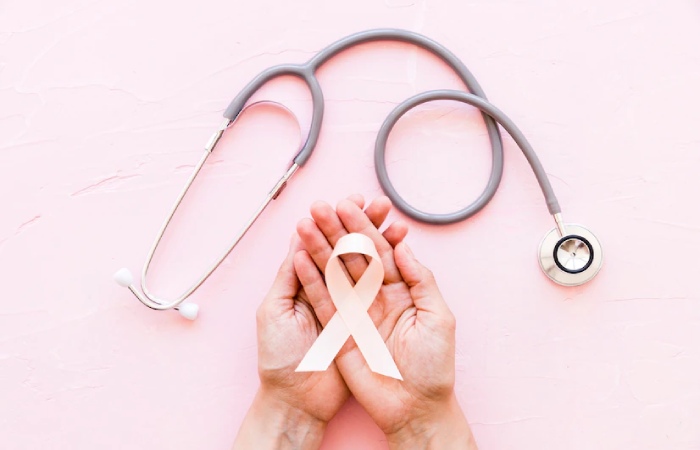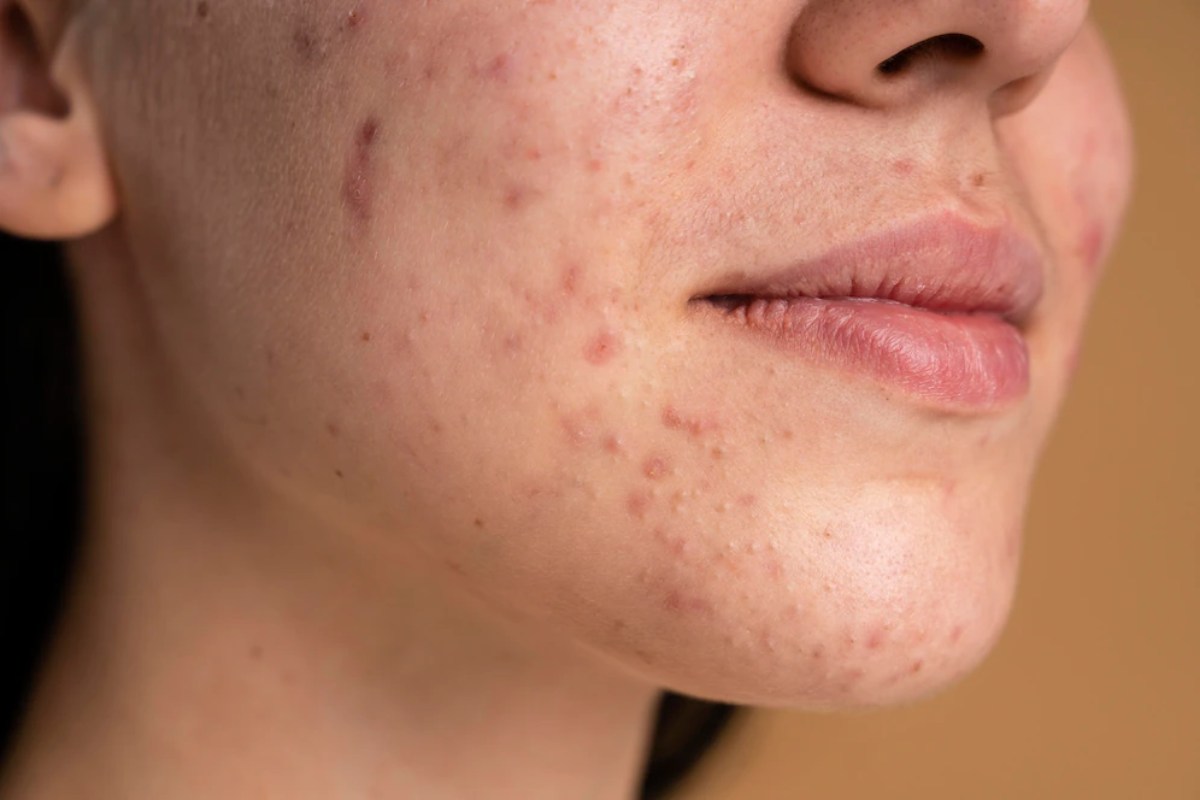Table of Contents
What is skin cancer?
The skin is the largest organ of the human body. It covers an area of about 1.7 square meters and has numerous important functions. For example, it protects us from the penetration of pathogenic germs, serves to excrete toxins, and regulates our heat balance. Not to forget: The skin is also our largest sensory organ – namely that for the sense of touch.
The skin contains three layers: the epidermis, dermis, and subcutaneous tissue. There are different cell types in each of these layers.
These skin cells can change. Benign changes are, for example, moles. Some people have these from birth. However, there are also malignant changes, which are summarized under the generic term skin cancer. They occur in different forms and are also treated differently. And you can see some skin cancer images here.
What Types of Skin Cancer are there?
Different forms of skin cancer are divided into groups in medicine, usually based on the affected cells. Read more about each type of skin cancer by clicking on each tile.
Light, white skin cancer
The light or white skin cancer originates from the horn-forming cells and is the most common. These include basal cell carcinoma and squamous cell carcinoma. Both types of cancer usually form daughter ulcers (metastases) only very rarely and therefore have good prospects (forecasts).
Black skin cancer (malignant melanoma)
Black skin cancer is a malignant tumor that originates from the pigment-forming cells of the skin and therefore also bears the name malignant melanoma (“malignant pigment cell”).
Red/rare skin cancer
Under the red skin cancer, three different rare skin cancers are summarized, which in turn arise in other skin cells.
Who can be affected by skin cancer?
Most skin cancers affect men and women equally. However, in the case of black skin cancer, the age of onset varies: women fall ill on average at the age of 59, and men on average only at the age of 67. The place of origin is also often different. In women, the tumor is more likely to be located on the arms and legs. In men, very often on the trunk.
What are the Symptoms or Possible causes of Skin Cancer?
How can I detect skin cancer?
Skin cancer almost always develops visibly on the skin and is therefore usually easy to recognize. In addition, we can partly detect skin changes ourselves. If a mole burns, itches, wets, or even bleeds, you should definitely show it to a dermatologist. Even if the color or shape of a birthmark changes or is significantly different from other moles, this is a warning sign.
The ABCDE rule – is particularly helpful and meaningful for early detection
Through a regular self-examination, you can make an essential contribution to skin cancer screening yourself. The ABCDE rule gives you important guidelines to keep in mind when self-examining.
Because early skin cancer detection is extremely important for treatment success, the health insurance company offers a preventive examination. In the so-called skin cancer screening with a light dermatoscope, your dermatologist or family doctor scans the entire skin for suspicious changes. The examination takes about 15 minutes, and all parts of the body are closely examined – including the scalp, the nails, the oral cavity, and the genital area.
Treatment of skin cancer
Besides to the tumor stage, the patient’s general physical condition is also decisive for skin cancer treatment. Depending on this, different forms of therapy can be used. Doctors distinguish between curative therapies and those used in the advanced stage: Curative treatment aims to remove or destroy the tumor and possible secondary tumors completely. Suppose the disease is already at an higher stage so that it can no longer be cured. In that case, the therapies are primarily intended to alleviate symptoms, improve patients’ quality of life and prolong life in the process. Different treatment methods are used for both forms:
The most effective treatment method for skin cancer is surgery, as long as there are no metastases. Then, depending on the type of tumor, the affected tissue and also 1 to 2 cm of healthy, neighboring tissue is removed.
After surgical removal, the doctor and patient decide whether a supportive therapy, a so-called adjuvant therapy, should be carried out. Because even after the operation, there is a risk that the tumor will recur – i.e., form a recurrence. Especially in the advanced stages II and III, there is a higher risk in the first few years. Adjuvant therapies include measures to prevent cancer cells that may remain in the body from causing the tumor to spread again after surgery.

Depending on the type of disease, the tumor can also be treated with radiation therapy, the so-called radiotherapy for skin cancer. The tumor cells are to be killed by damaging the genetic material so that the cells can no longer multiply.
Chemotherapy is used if the cancer cells cannot all be removed with surgery because they have already spread in the body. The drugs, called cytostatics, destroy cells that divide quickly. As a result, the skin cancer cells can no longer grow.
Another therapy option that can be considered for the treatment of diseases in the advanced stage is the so-called targeted therapy. In this method, the drugs intervene in the metabolism of the tumor cells. As a result, they are destroyed or slowed down in their growth.
With advances in cancer research, immuno-oncology therapy has also developed as an alternative. It can be used in certain patients with black skin cancer.

